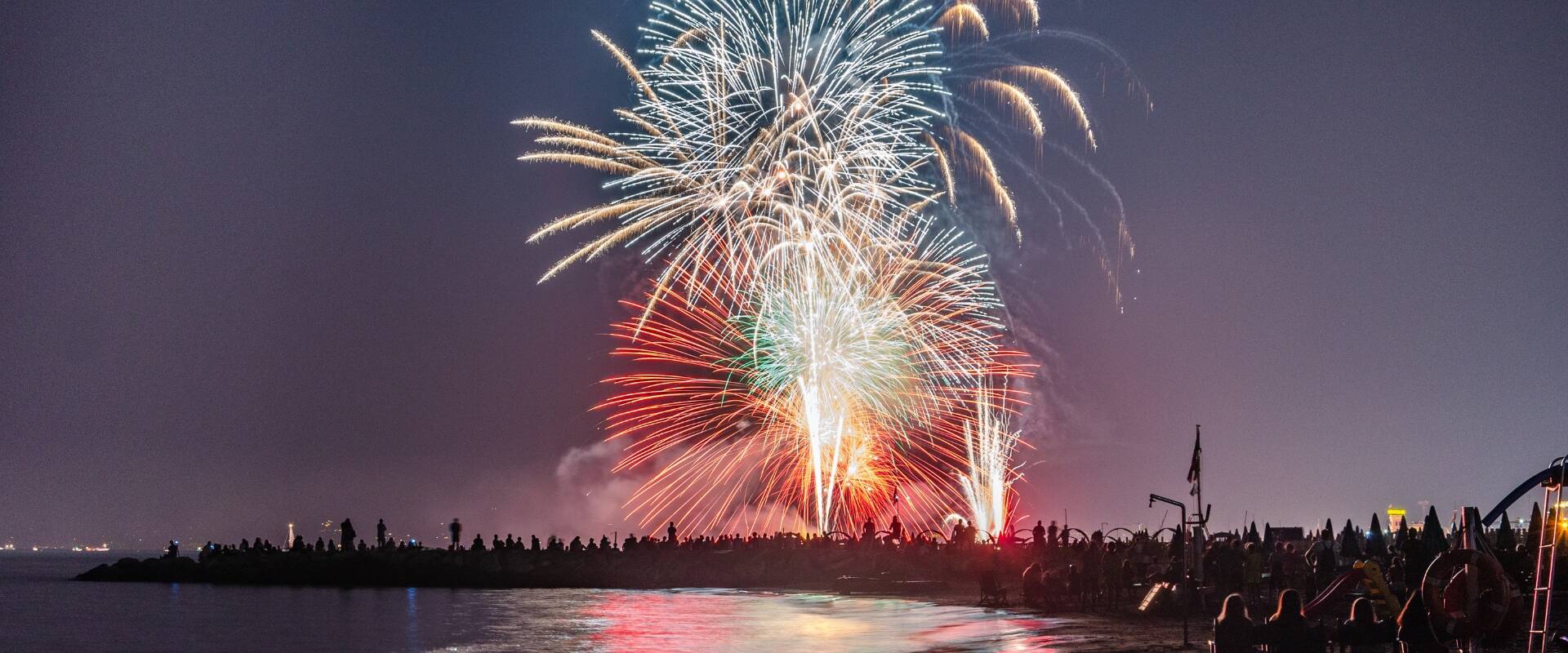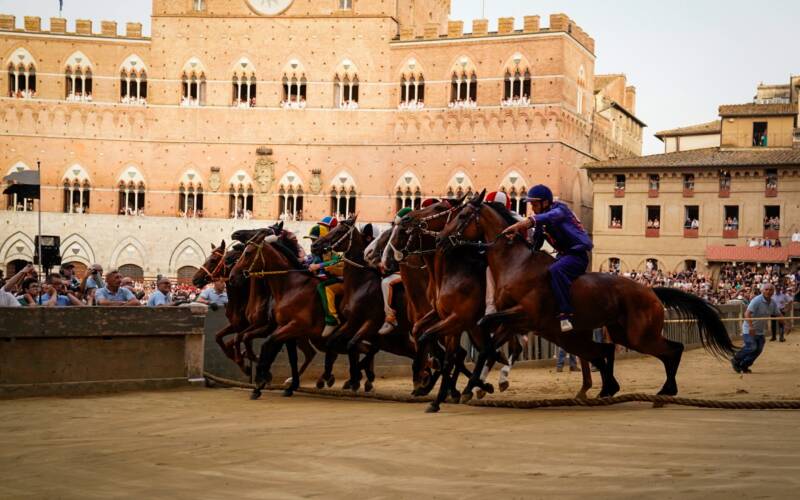- Search magazine...
- Magazine by Category
- Magazine by Region
- article detail
- Search magazine...
- Magazine by Category
- Magazine by Region
- article detail
The origin of this Italian holiday is very ancient, dating back to the grandeur of the Roman Empire. Although it is officially celebrated on August 15th today, its name, Feriae Augusti, meaning “Augustus’ rest”, harks back to a tradition that originally took place starting on the first day of the month. Instituted by Emperor Augustus in 18 B.C., it was intended as a period of rest and celebration following the exhausting harvest season. Throughout the Empire, people enjoyed horse races and other events involving draft animals, a tradition that continues today with the Palio of Siena on August 16th, named after the pallium, a cloth awarded to ancient Roman race winners. Meanwhile, peasants would offer their best wishes to landowners as a gesture of goodwill and a hope for future prosperity. The celebration became so emblematic of the emperor’s legacy that, over time, the entire month came to bear his name: Agosto.
Ferragosto took on a profound religious meaning in the 7th century, when the Catholic Church officially designated August 15th as the Feast of the Assumption. This sacred day commemorates the Virgin Mary’s ascension into Heaven, body and soul, a powerful symbol of divine grace and the promise of eternal hope. Although the holiday has deep Italian roots, its spiritual resonance spread far beyond Italy. In many Christian traditions around the world, the day became one of solemn reflection, marked by religious ceremonies anchored in faith and devotion.
In Italy, over time, unique legends also became entwined with the celebration. One such belief stems from the veneration of “Maria Stella Maris”, or “Mary, Star of the Sea”, a title that presents the Virgin as a guiding and protective figure for sailors and coastal communities. According to folklore, swimming in the sea on August 15th is forbidden, as Mary is said to "claim" a few souls. This belief likely emerged after a series of tragic incidents on overcrowded beaches during the holiday. More realistically, these accidents are linked to the overcrowded beaches and limited lifeguard supervision. Over time, the legend also became a useful warning passed down by parents to keep children from swimming too soon after eating.
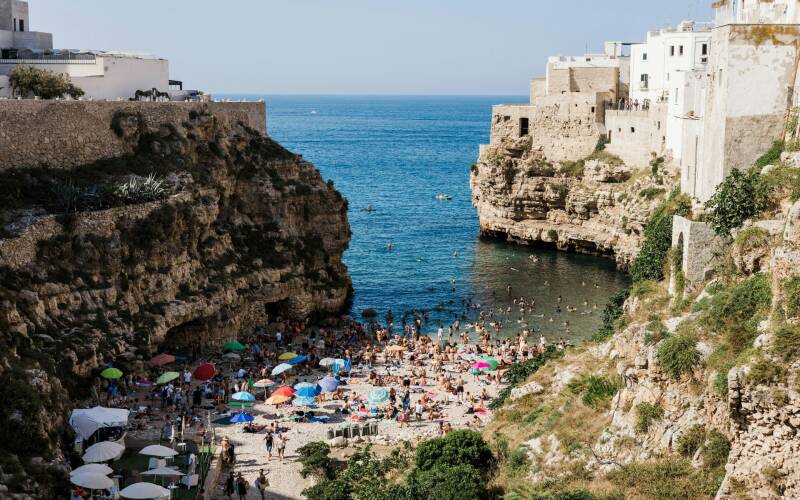
Italians love to spend Ferragosto at the beach
Ferragosto today
The modern celebration of the most eagerly anticipated Italian holiday took shape during the Fascist era of the 1920s. Mussolini, with the help of Fascist organizations, introduced the “People’s Trains of Ferragosto”. These trips were offered at heavily discounted rates, giving many lower-income Italian families the chance to experience their first real vacation together
This initiative transformed the day into the mass holiday it is today. While short family getaways remain a cherished tradition, the holiday was enriched over time with other customs, such as grilling delicious meats with loved ones and enjoying the famous, extraordinary fireworks. These celebrations create a truly magical summer experience throughout Italy, especially along the coasts.
Get in touch with us to start planning your luxury Ferragosto retreat in a private villa and immerse yourself in one of Italy’s most iconic holidays while creating unforgettable memories. Home in Italy’s concierge team will design exclusive, tailor-made luxury experiences for Ferragosto, ensuring complete privacy and allowing you to fully embrace the magic of this special celebration.
Copyright © Home in Italy. All rights reserved.
villa mandorli
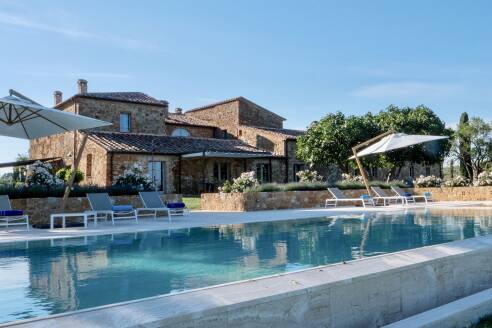
12 6 7
Tuscany, Montepulciano
from 7,150 to 11,600 € / week
cantico

8 4 10
Puglia, Fasano
from 20,000 to 35,000 € / week
verdiana
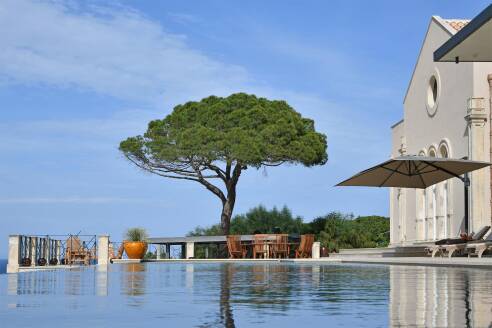
12 6 6
Sicily, Siracusa
from 15,600 to 21,950 € / week
merangola
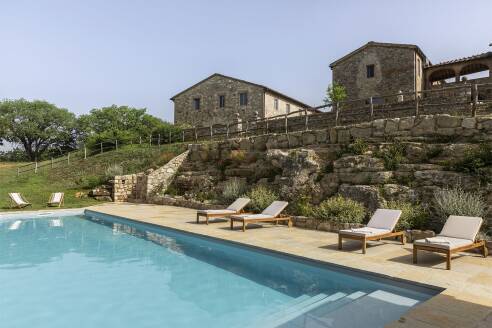
12 6 8
Tuscany, Siena
from 14,000 to 16,000 € / week
masseria antica
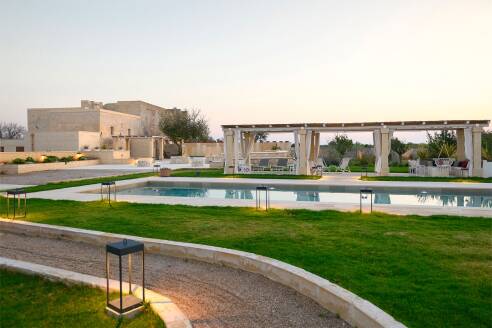
20/22 12 14
Puglia, Lecce
from 31,500 to 49,000 € / week
pantera
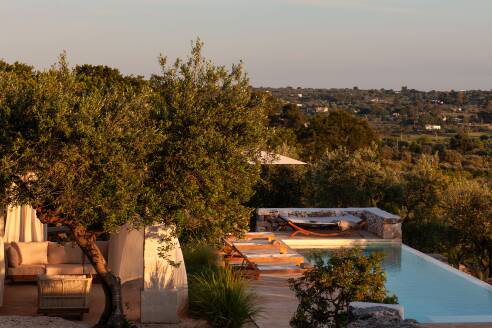
18 9 13
Puglia, Ostuni
from 11,900 to 30,450 € / week
libellula
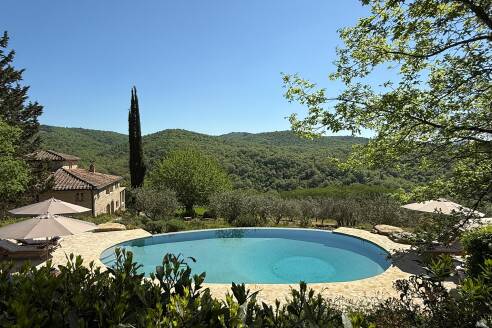
10 5 7
Tuscany, Radda In Chianti
15,000 € / week
chalet acanto

14/19 8 12
Italian Alps - Dolomites, Val Gardena
Price On demand


